What is Time?
Time is a way of measuring the duration of events and the intervals between them. It helps us understand when things happen, how long they last, and the order in which they occur.
Understanding Time
There are different ways to understand and measure time:
- Clock Time: We use clocks to measure time in hours, minutes, and seconds. The hour hand on the clock tells us the hour, the minute hand tells us the minutes, and the second hand tells us the seconds.
- Calendar Time: We use calendars to understand days, weeks, months, and years. Days make up a week, weeks make up a month, and months make up a year.
- Events and Sequencing: We use time to understand the order in which events occur. For example, we know that we wake up in the morning, have breakfast, go to school, and then come back home in the evening.
Learning Objectives
By the end of this lesson, students should be able to:
- Identify and read the hour and minute hands on a clock.
- Understand the concept of morning, afternoon, and evening.
- Sequence events in the order they occur.
- Understand the days of the week and months of the year.
Activities and Study Guide
Here are some activities and study guide to help students learn about time:
- Clock Reading Practice: Use a large clock with movable hands to help students practice reading the time. Ask them to move the hands to different positions and tell the time.
- Day and Night Sequencing: Have students draw pictures of activities they do in the morning, afternoon, and evening to understand the concept of time of day.
- Calendar Exploration: Introduce students to a calendar and help them understand the days of the week and months of the year. Ask them to point out special dates such as birthdays or holidays.
- Storytelling with Sequence: Tell a simple story and ask students to sequence the events in the correct order. This will help them understand the concept of time sequencing.
[Time] Related Worksheets and Study Guides:
.◂Science Worksheets and Study Guides Kindergarten. Weather
Coloring Worksheet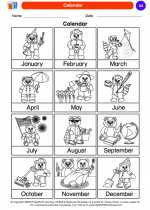 Calendar
Calendar  Coloring Worksheet
Coloring Worksheet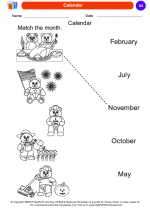 Calendar
Calendar  Coloring Worksheet
Coloring Worksheet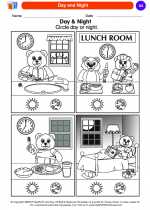 Day and Night
Day and Night  Coloring Worksheet
Coloring Worksheet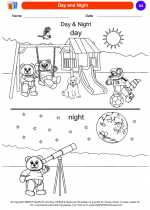 Day and Night
Day and Night  Coloring Worksheet
Coloring Worksheet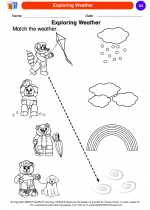 Exploring Weather
Exploring Weather  Coloring Worksheet
Coloring Worksheet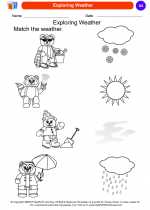 Exploring Weather
Exploring Weather  Coloring Worksheet
Coloring Worksheet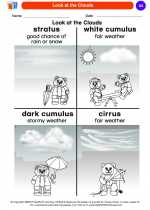 Look at the Clouds
Look at the Clouds  Coloring Worksheet
Coloring Worksheet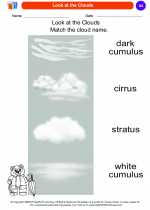 Look at the Clouds
Look at the Clouds  Coloring Worksheet
Coloring Worksheet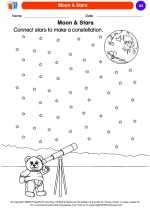 Moon & Stars
Moon & Stars  Coloring Worksheet
Coloring Worksheet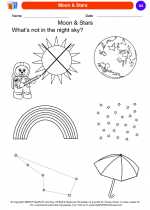 Moon & Stars
Moon & Stars  Coloring Worksheet
Coloring Worksheet Natural Events
Natural Events  Coloring Worksheet
Coloring Worksheet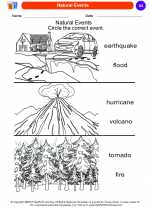 Natural Events
Natural Events  Coloring Worksheet
Coloring Worksheet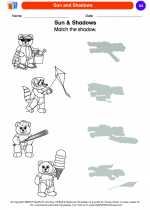 Sun and Shadows
Sun and Shadows  Coloring Worksheet
Coloring Worksheet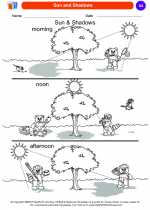 Sun and Shadows
Sun and Shadows  Coloring Worksheet
Coloring Worksheet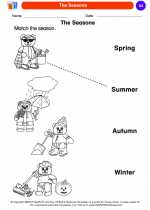 The Seasons
The Seasons  Coloring Worksheet
Coloring Worksheet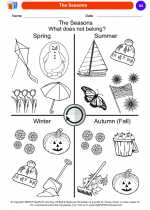 The Seasons
The Seasons  Coloring Worksheet
Coloring Worksheet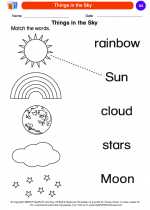 Things in the Sky
Things in the Sky  Coloring Worksheet
Coloring Worksheet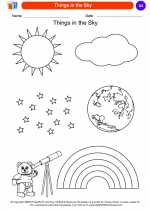 Things in the Sky
Things in the Sky  Coloring Worksheet
Coloring Worksheet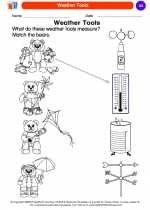 Weather Tools
Weather Tools  Coloring Worksheet
Coloring Worksheet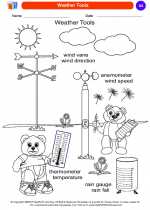 Weather Tools
Weather Tools 

 Coloring Worksheet
Coloring Worksheet
 Coloring Worksheet
Coloring Worksheet
 Coloring Worksheet
Coloring Worksheet
 Coloring Worksheet
Coloring Worksheet
 Coloring Worksheet
Coloring Worksheet
 Coloring Worksheet
Coloring Worksheet
 Coloring Worksheet
Coloring Worksheet
 Coloring Worksheet
Coloring Worksheet
 Coloring Worksheet
Coloring Worksheet
 Coloring Worksheet
Coloring Worksheet
 Coloring Worksheet
Coloring Worksheet
 Coloring Worksheet
Coloring Worksheet
 Coloring Worksheet
Coloring Worksheet
 Coloring Worksheet
Coloring Worksheet
 Coloring Worksheet
Coloring Worksheet
 Coloring Worksheet
Coloring Worksheet
 Coloring Worksheet
Coloring Worksheet
 Coloring Worksheet
Coloring Worksheet
 Coloring Worksheet
Coloring Worksheet

The resources above cover the following skills:
EARTH AND SPACE SCIENCE (NGSS)
Earth’s Systems
Students who demonstrate understanding can:
Use and share observations of local weather conditions to describe patterns over time.